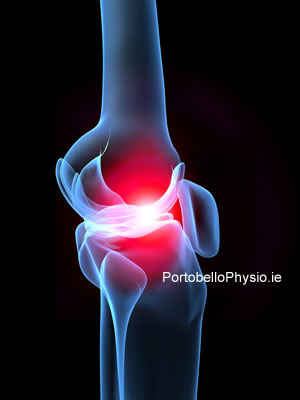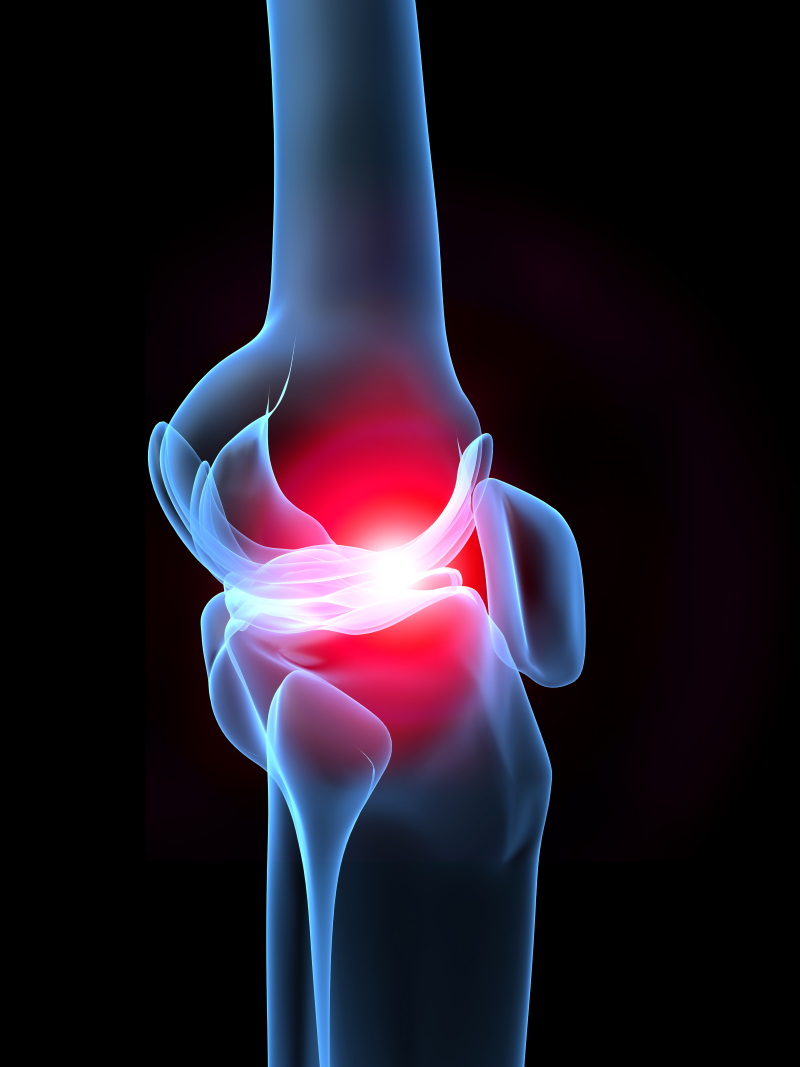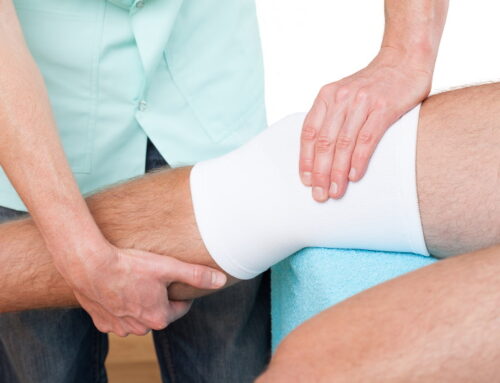Our knees are expected to do a lot. They are the largest joint in the body, they support us; they are very active hinge joints, and they take constant shock as we run around.

Luckily we have shock absorbers in our knees called menisci, whose job it is to provide cushioning between the thigh bone (femur); knee cap (patella) and the leg bone (tibia).
The surfaces of these bones have a layer of cartilage and the menisci, also made of cartilage (but a different type) sit snugly between them to facilitate smooth gliding; joint stability and even distribution of weight.
When we talk about a knee cartilage injury, it’s usually an injury or tear of one of the crescent-shaped menisci in the knee. The medial meniscus lies on the inside of your knee; the lateral meniscus is on the outside.
If there is a problem with the meniscus, an uneven weight distribution will cause too much force of bone bearing down on bone.
The meniscus is nourished by very small blood vessels, but it has an area in the middle that doesn’t get a direct blood supply, which can cause more trouble after an injury as areas without direct blood supply (avascular) are very difficult to heal.
Injury to the Cartilage
The most common injuries to the meniscus are either a ‘torn cartilage’ which is a rip in the meniscus; and a degenerative tear which is a process seen in older patients where cartilage has worn down overtime.
People who tear their meniscus will experience several symptoms; pain and swelling are the most obvious; or the person may just experience stiffness and a problem with knee movement.
A popping or clicking of the knee; tenderness when pressing on it and an inability to straighten out the joint are also common.
Diagnosis and Conservative Treatment of a Meniscus Tear
X rays can help determine if there is evidence of arthritis in a sore knee, and an MRI is used to see if the meniscus is actually torn.
Treatment of an identified tear will depend on several factors – the severity of the problem; the activity level of the patient, and their response to conservative treatment- that is, non-surgical treatment. Results published in an Osteoarthritis Research (MeTeOR) trial published in the New England Journal of Medicine indicate that physical therapy may be just as good as surgery in many cases.
At Portobello Physiotherapy Clinic, your physiotherapist will develop a program best suited to your injury; pain and activity levels and goals. The program will aim to first ease pain and inflammation; strengthen the muscles supporting the knee, and to gradually improve the knee’s range of motion.
Surgery may be an ultimate option, but most doctors agree that conservative treatment is the best place to start, and the New England Journal of Medicine points out that even a torn meniscus can still function as a shock absorber so it may be a better option to support it with physiotherapy than to surgically remove bits of it.
Conservative treatments for meniscal injuries at Portobello Physiotherapy Clinic will usually focus on muscle strengthening exercises, combined with balance and coordination training. The overall goal of the therapy will be to regain function, relieve pain and get the patient back to their normal levels of activity; be it a return to sport, or day to day activities like walking and climbing stairs without discomfort.
As is always the case with physiotherapy, programs must be designed to fit each patient as an individual, so to book an initial appointment call Portobello Physiotherapy Clinic on 01 476 3330.







